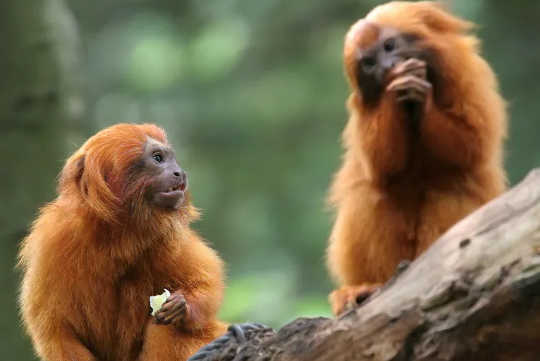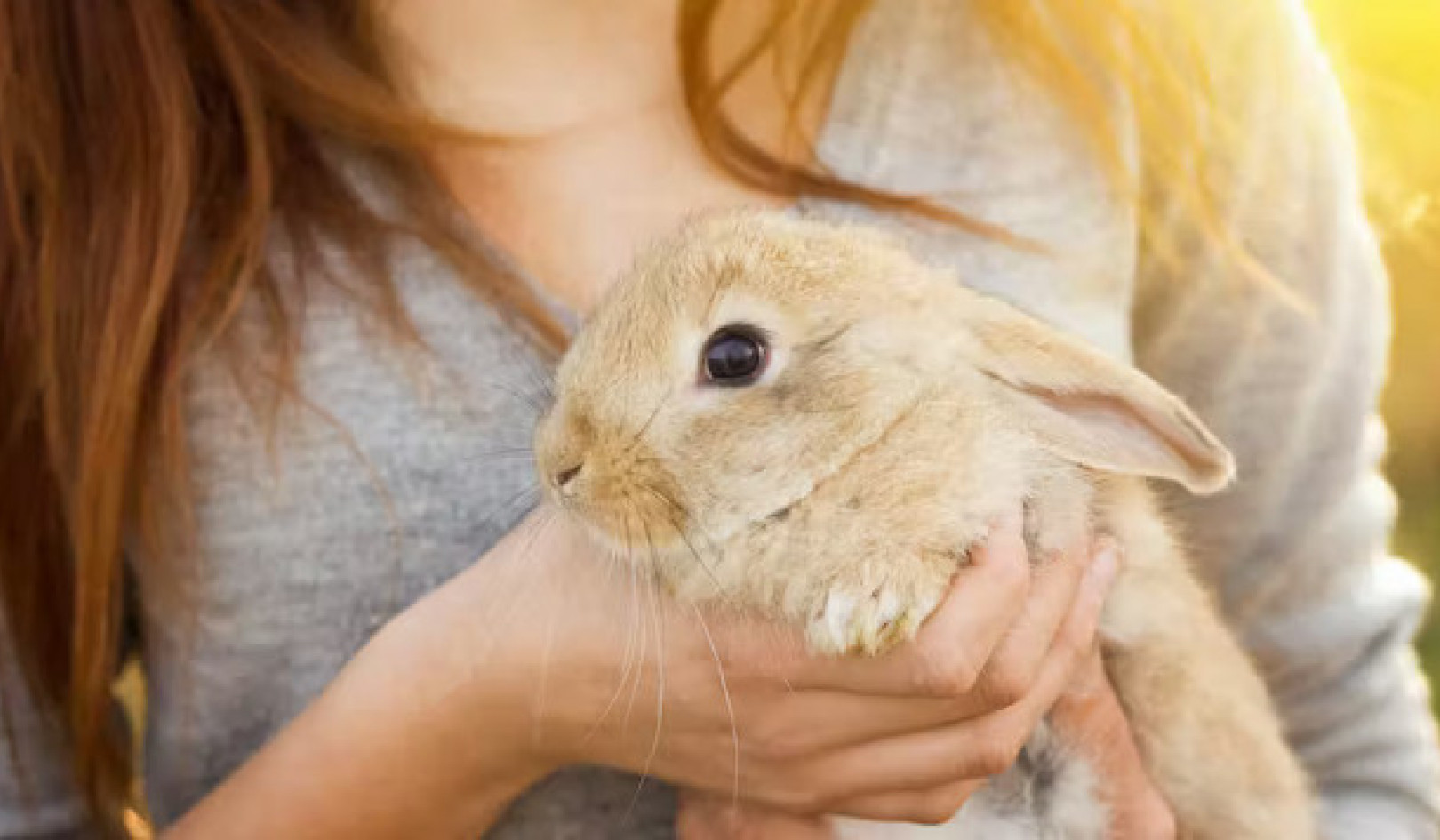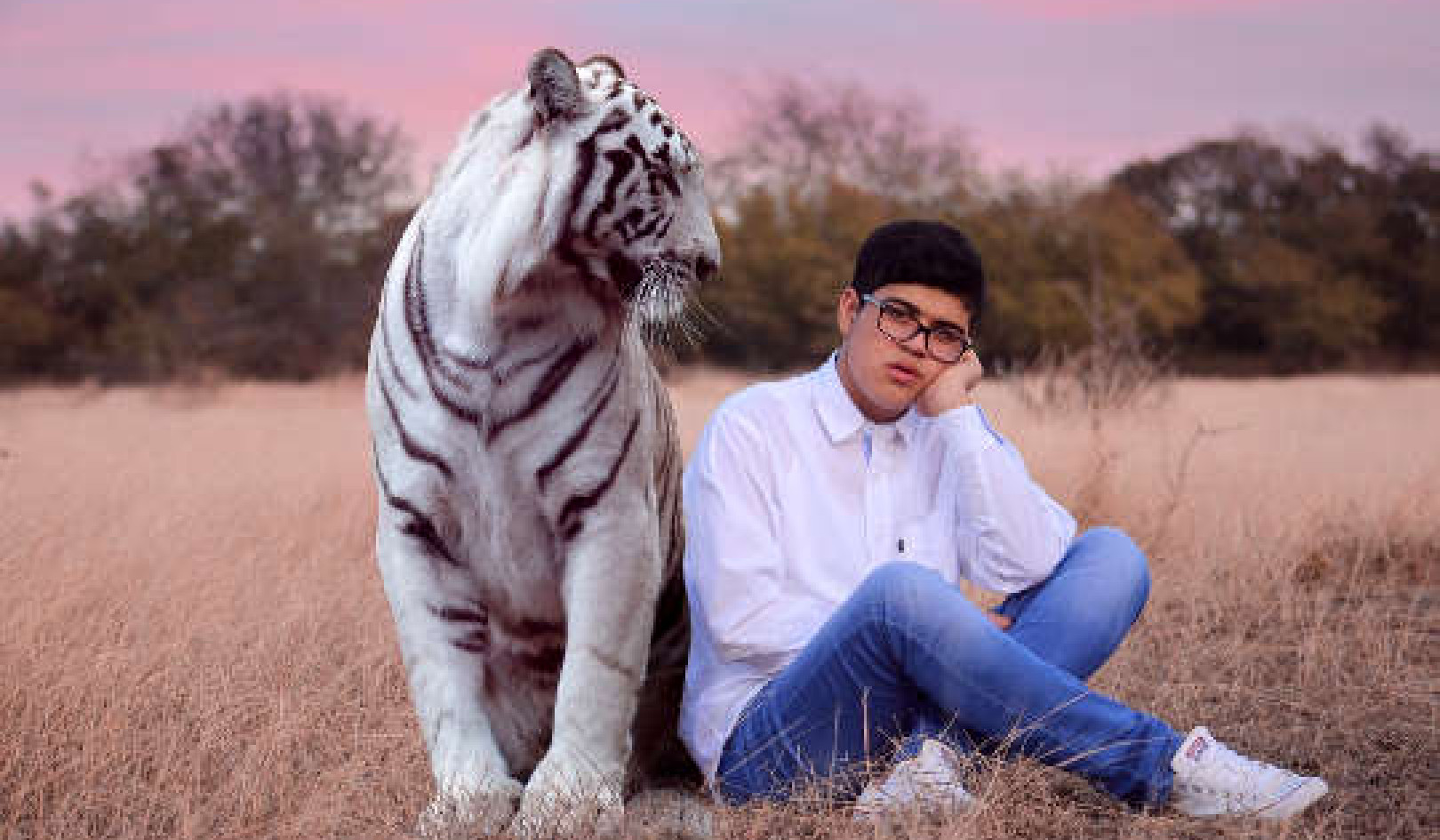
Go on, try it… Simone van den Berg/Shutterstock
The internet is filled with blogs and articles offering advice for parents who are trying to coax children into eating greens. Anyone with kids can relate to stories of mealtimes becoming a succession of attritional confrontations, where you cycle through ineffectual strategies before accepting the reality of the situation and plead with your toddler to simply “take one bite of broccoli”. In the end, it doesn’t matter how much gravy you pour on fish, or cheese you melt on cauliflower – fussy toddlers know what you’re up to.
If we could converse with animals, they would also relate to these stories, as many species have a seemingly irrational dislike of anything unfamiliar and are more likely to eat new food after watching other individuals try it. Fussy eating can be an important way of avoiding toxic food, as witnessing other individuals eat new foods might tell them that it’s safe.
But fascinatingly, fussy eating may also indicate the presence of teaching in animals. Despite 30 years of research on the topic, there are still few examples of teaching in other species, making it difficult to understand how such behaviour might have evolved. My colleagues and I recently conducted research in the Atlantic forest of Brazil that provides new evidence that some animals may effectively teach their young what foods are safe to eat.
There are plenty of examples of fussy eating among animals. Young marmoset monkeys are slow to eat new food when alone, but are more willing to take a risk and try it if they are surrounded by family. Similarly, capuchins eat more unfamiliar food when group members also do so.
There are instances where food handling is linked to teaching in animals. The way in which meerkats show their young how to safely handle scorpions for eating is one well-known illustration. At first, young pups are given dead scorpions to familiarise them with the dangerous insect. As the meerkats grow up, adults remove the sting from live scorpions so that the pups can learn how to deal with the prey. Then intact animals are gradually introduced.
As a behaviour, this meets the three criteria scientists use to identify teaching in animals. An individual changes its behaviour in the presence of an observer, at a cost or no benefit to themselves, and this change leads to learning in another individual. In the case of the meerkats, although an escaped scorpion might represent a lost lunch, the exercise leads to learning in the young observer.
This kind of research has helped challenge the long-held assumption that teaching is a uniquely human practice. But the overall dearth of evidence means there is still debate.
In particular, it’s not always clear that instances where animals learn to eat new foods because of other individuals around them really meet the criteria for teaching. For example, there is limited evidence that adult golden lion tamarin monkeys, which are known to have a varied diet that includes insects and fruits, might teach their young about diet by sharing and transferring food.
If such food transfers do have a teaching function, we would expect them to meet the three criteria I mentioned before. The tamarins would transfer more unfamiliar food than familiar food because this would create the opportunity for learning.
On two recent visits to Brazil, we studied this behaviour by introducing familiar and unfamiliar foods to wild groups of tamarins. Initially, we introduced these foods when young tamarins were dependent on their family, enabling us to look at how adult tamarins transferred food within their family group.
Six months later, when the young tamarins were independent, we returned to find that their food choices were influenced by their parents. The tamarins did not, as we had expected, transfer more unfamiliar food than familiar food. But they did transfer more food they had grown accustomed to than the food they had never tried.
Looking for teaching
Despite not clearly demonstrating teaching because it doesn’t meet all the criteria, this evidence appears to show that adult tamarins assess new food first before passing it on to others. This is still significant for juveniles, as they learn about what to include in their diet from the food that they receive from adults.
It is possible that food transfers in golden lion tamarins serve several functions simultaneously, depending on the identity of the individual receiving the food, and the food type being transferred. Further research could look at how tamarins transfer insects to see if there is a general pattern.
We also need to investigate whether adult tamarin gain any benefit, such as decreased harassment or increased social bonds, by transferring food to their young. Such information would help us come closer to understanding whether some animals really can be taught to overcome their fussy eating.![]()
About the Author
Camille Troisi, Postdoctoral Researcher in Behavioural Ecology, University College Cork
This article is republished from The Conversation under a Creative Commons license. Read the original article.
Nutrition books on from Amazon's Best Sellers list
"The Blue Zones Kitchen: 100 Recipes to Live to 100"
by Dan Buettner
In this book, author Dan Buettner shares recipes from the world's "Blue Zones," regions where people live the longest and healthiest lives. The recipes are based on whole, unprocessed foods and emphasize vegetables, legumes, and whole grains. The book also includes tips for following a plant-based diet and living a healthy lifestyle.
Click for more info or to order
"Medical Medium Cleanse to Heal: Healing Plans for Sufferers of Anxiety, Depression, Acne, Eczema, Lyme, Gut Problems, Brain Fog, Weight Issues, Migraines, Bloating, Vertigo, Psoriasis, Cys"
by Anthony William
In this book, author Anthony William offers a comprehensive guide to cleansing and healing the body through nutrition. He provides evidence-based recommendations for foods to include and avoid, as well as meal plans and recipes to support the cleanse. The book also includes information on how to address specific health concerns through nutrition.
Click for more info or to order
"The Forks Over Knives Plan: How to Transition to the Life-Saving, Whole-Food, Plant-Based Diet"
by Alona Pulde and Matthew Lederman
In this book, authors Alona Pulde and Matthew Lederman offer a step-by-step guide to transitioning to a whole-food, plant-based diet. They provide evidence-based recommendations for nutrition, along with practical advice for shopping, meal planning, and preparation. The book also includes recipes and meal plans to support the transition.
Click for more info or to order
"The Plant Paradox: The Hidden Dangers in 'Healthy' Foods That Cause Disease and Weight Gain"
by Dr. Steven R. Gundry
In this book, Dr. Steven R. Gundry provides a controversial perspective on nutrition, arguing that many so-called "healthy" foods can actually be harmful to the body. He provides evidence-based recommendations for optimizing nutrition and avoiding these hidden dangers. The book also includes recipes and meal plans to help readers implement the Plant Paradox program.
Click for more info or to order
"The Whole30: The 30-Day Guide to Total Health and Food Freedom"
by Melissa Hartwig Urban and Dallas Hartwig
In this book, authors Melissa Hartwig Urban and Dallas Hartwig offer a comprehensive guide to the Whole30 program, a 30-day nutrition plan designed to promote health and wellness. The book provides information on the science behind the program, as well as practical advice for shopping, meal planning, and preparation. The book also includes recipes and meal plans to support the program.






















